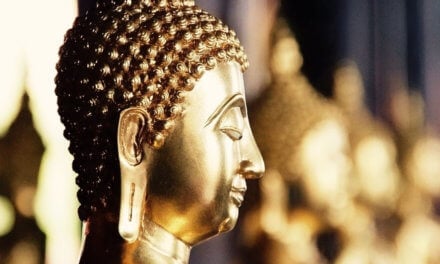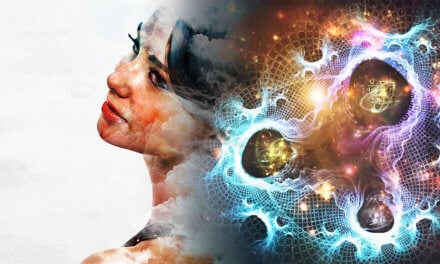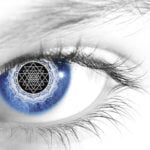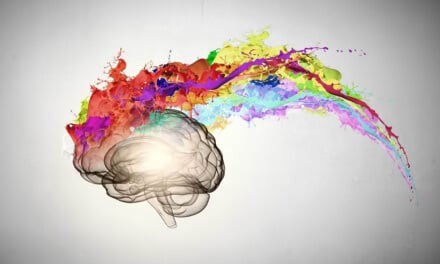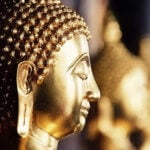
Everything Is Not as It Appears: The Doctrine of Maya Unveiled by the New Quantum Reality
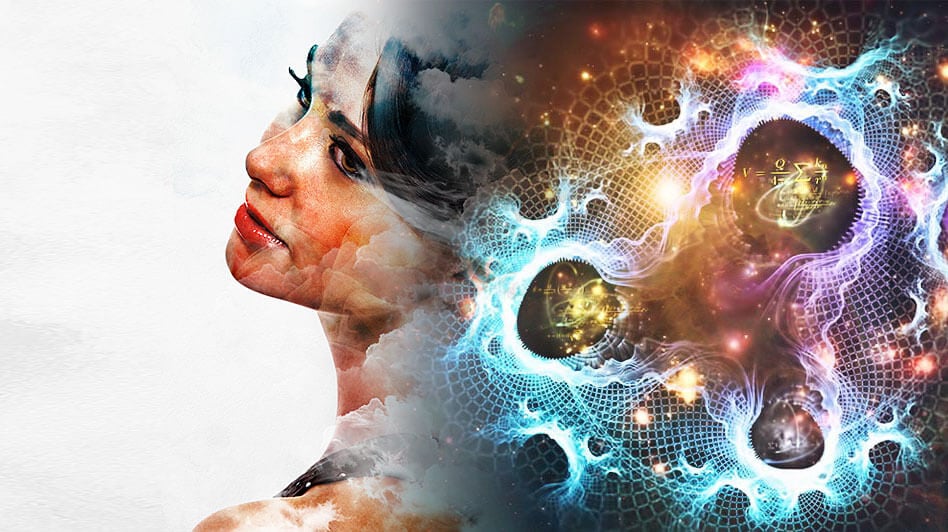
Puzzled by what Maya means?! Don’t worry you’re not alone…
Maya is an ancient concept, which underpins the jnana yoga philosophies of the Vedas. It is heavily utilized in the Advaita Vedanta (non-dual teachings) of great sages such as the Rishi Vasishta, Adi Shankaracharya and more recently Ramana Maharshi, amongst many others.
Maya is a highly elusive and difficult concept to grasp. Translated into English, the word Maya basically means “illusion.”
Yet, it also connotes the idea of a veiling force and the concept of relativity. Maya is said to be the illusory counterpart to Brahman (the Absolute), which veils (avarana) the experience of reality by projecting (vikshepa) the cosmos upon it. Maya is that which binds our consciousness into ignorance and conceals the ultimate truth of existence.
From its own side, it appears to exist. Yet through yogic practices, which aim at having the individual merge into Brahman and recognize his/her fundamental identity with it, Maya disappears. Through the direct experience brought about by deep meditation, one realizes that “I am the Absolute” (Aham Brahmasmi) and Maya is revealed to be as “that which is not,” nor ever was.
A Mirage in the Desert
Imagine yourself in the archetypical situation of being stranded in a desert in the mid-day heat intensely seeking to quench your thirst. From this ravenous desire an oasis with lush palms, flowers and a clear pond in the center appears at a distance. You struggle to reach this oasis, but upon nearing it, all that you find is sand and realize it was a mirage.
This is akin to the experience of Maya. It doesn’t actually exist, but so long as you experience it, it does.
During the mirage everything appeared so real, yet once you learnt the truth you cannot say there was any reality at all in the experience.
Another often-used example is the snake in the rope metaphor. Imagine walking on a dimly lit path. A short distance away you look towards the ground and instinctually jump back in fright as you see what appears to be a snake. After regaining your composure, you investigate closer and realize that what you thought the was a snake was simply a rope coiled on the ground.
The fright you experienced was due to Maya. The whole experience was a mind-made illusion. The snake never actually existed, but the fright you felt was immediately real to you. This misapprehension of believing the unreal to be real is called Maya.
Maya is a mystery – a paradox. It both is, but is not. When it is, it actually isn’t (it only appears to be), and when it isn’t, how can it be described at all?
On the spiritual path of a jnana yogi, reflections upon Maya are used to help break the chain of attachment and aversion as one is encouraged to look upon the entire manifest creation as Maya herself. By developing deep understanding that everything is not as it appears we more readily move away from strong grasping at the temporal phenomenon we experience through the senses. Reflecting upon Maya also enhances our understanding of impermanence which further helps cut through the desire to experience eternal happiness from the ever-changing objects of the external world.
Maya in Astro-Physics
Some of the more recent discoveries in the field of astrophysics offer startling revelations that the information we are receiving through the senses, and interpreting to relate to the world around us, is far from the truth of what is actually happening.
Take for instance the understanding that the speed of light in a vacuum is set at 299,792,458 m/s. Yet, because of the vast distances between solar systems the twinkle our eyes register when looking at the stars is actually the light that emitted from them millions of years ago. In some cases, the stars we “see” are no longer even there. They have been destroyed, but their light continues to move towards us.
That which we perceive as happening in the present is actually a reflection of what originated in the past. A key idea that also underpins the doctrine of karma.
Another example is the discovery that our planet earth is rotating upon its axis at approximately 1600 km/hr. Simultaneously it orbits around the sun at 107,000 km/hr. and travels at a speed of 792,000 km/hr. as we orbit the center of the galaxy.
Yet, sitting quietly in meditation under a tree, we feel completely still. Our senses give not a single clue that we could be hurdling through space at such astronomical speeds.
The Quantum View
Quantum physics has helped us understand that back and behind our conventional view of the world there is a vast field of energy that supports our existence. As scientists have discovered, what we call matter is nothing but energy or infinitely small vibrating particles suspended in space. In fact, what appears to be gross, dense, physical matter is constituted mostly of empty space, filled with pockets of subatomic particles. What we perceive through our senses is far from what is actually happening at the quantum level.
Of even greater importance is the discovery made in the quantum mechanics experiment known as the double-slit. In this particular experiment, it has been confirmed that light can exist as either a particle or a wave depending on the actions of the observer and their choice of measurement or tool of investigation.
This revelation radically shifts the paradigm of the purely objective model of scientific thought. No longer can the subjective experience of the individual be deemed separate from the outcome of experimentation. In fact, the subject is crucial to the objective outcome.
Discoveries like this help reaffirm age-old wisdom tradition’s understanding of the correlation of mind and matter.
The observer is fundamental to what is being observed and has the capacity to affect the outcome of what is perceived.
The Convergence of Science and Spirituality
These scientific discoveries and many others like them reveal a total disconnect between our perceptions and physical reality.
All that we experience through the senses is Maya; a mere appearance – one that we can alter, through the power of the mind, as the sages have affirmed for millennia.
Scientific models of physical reality continue to reinforce the teachings of the Vedas. However, because science as a discipline is the study of our physical reality, or that which is transitory and impermanent – Maya herself – it’s inherent limitation is that it can never reveal that which is permanent and unchanging – the eternal, absolute truth (Brahman).
Concurrently, as a discipline that involves measurement, quantification and verification through repetition, it cannot effectively address the entire spectrum of human experience. It cannot effectively address and guide our values, explain artistic creativity, understand what happens after death, give meaning to our lives, teach us how to enhance our virtues nor teach how to live with greater compassion. Science, in its current form has limits.
But where science ends, spirituality begins. It is only in this pursuit where the full spectrum of what it means to be human can be fully addressed. The dimensions of basic human goodness, the origin of happiness, the pursuit of beauty, the importance of peace, investigations into the nature of consciousness, as well as other metaphysical truths central to the human experience can only be addressed though spiritual maturity.
Ultimately with this maturity born from the cultivation of non-conceptual wisdom, the only laws of Maya worth investigating are those that teach us how to transcend it. To have the experience of the Absolute (Brahman) directly, we must turn away from the allurement of Maya and gaze inwards where the eternal truth we all seek is, and always will be.




